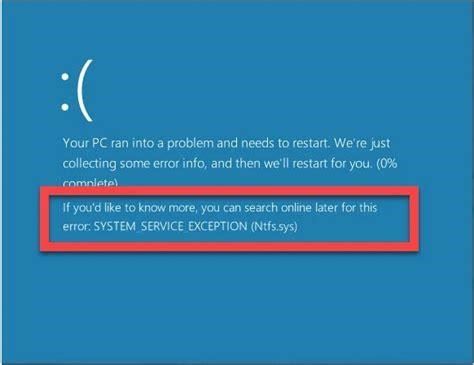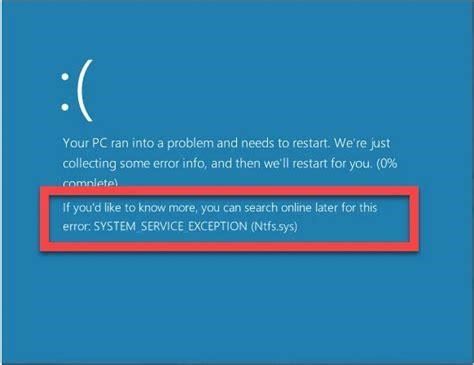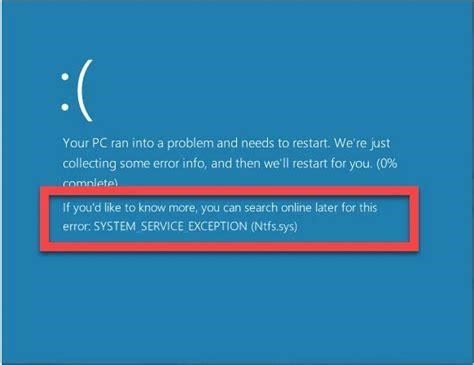A Detailed Guide to Custom Scaling Settings in Windows 10
With the release of Windows 10, Microsoft revamped the desktop scaling settings, giving users more control over how apps and text appear on high-resolution monitors. However, adjusting these settings can sometimes lead to unexpected issues. In this guide, we’ll explore the custom scaling options in Windows 10 and provide a step-by-step process for resetting them to defaults.
Understanding Display Scaling in Windows 10
Display scaling enables the operating system to enlarge or shrink interface elements to maintain legibility on high-DPI monitors. By default, Windows 10 utilizes system-wide scaling set to 100%. This means that items are displayed at 100% of their original size.
However, on high-resolution 4K or retina displays, 100% scaling makes icons and text appear extremely small and illegible. To counter this, Windows 10 allows users to increase scaling to enlarge UI elements. Common scaling values are 125% or 150% for 4K monitors.
The Dangers of Custom Scaling
Though Windows 10 has several preset scaling options, some users may want more granular control. The “Advanced scaling settings” section allows entering custom percentages, like 110% or 137%.
While this enables fine-tuning of scaling, it can also introduce issues. Setting custom values often creates incompatibility with programs coded for standard 100% scaling. Apps may render incorrectly, icons can overlap, and text can become distorted or blurry.
Resetting custom scaling and reverting to defaults is often the best solution when encountering interface problems. Thankfully, Windows 10 makes this process straightforward.
How to Reset Custom Scaling in Windows 10
Here are the steps to reset custom scaling and restore default display settings:
-
Right-click the desktop and select "Display Settings."
-
In the "Scale and layout" section, check for grayed-out scaling options and red text indicating a custom scale percentage.
-
Click "Advanced scaling settings."
-
In the custom scaling text box, delete any entered percentage by highlighting it and pressing delete or backspace on your keyboard.
-
With the custom percentage removed, the "Apply" button will become clickable. Press Apply to reset scaling.
-
Restart your computer for changes to take effect.
Following these steps will clear any previously set custom scaling values and revert to the default system-wide 100% scaling. This almost always resolves UI problems caused by incorrect custom percentages.
Alternative Method via Windows Settings
An alternate way to access the scaling settings is through Windows Settings:
-
Open Windows Settings and click "System."
-
Select "Display" in the sidebar menu.
-
Click "Advanced scaling settings."
-
Clear any custom percentage and press Apply to reset.
-
Restart your PC.
This achieves the same result through the Settings menu. Use whichever path feels most comfortable.
Checking Current Scaling Percentage
To check your current scaling value at any time:
-
Follow steps 1-3 above to open Advanced scaling settings.
-
The current percentage will be displayed in the "Custom scaling" text box.
Knowing your present scaling can help diagnose display issues or confirm settings have been reset correctly.
Additional Display Settings to Check
Along with scaling, also check these other display settings that could cause problems:
- Resolution
- Refresh rate
- Orientation
- Multiple display arrangement
Reset any customized values in these categories back to defaults.
When to Avoid Resetting Scaling
In rare cases, resetting scaling can create new problems by making text unreadable again on high-DPI screens. Only revert to 100% if absolutely necessary. Otherwise, try adjusting to a preset value like 125% or 150% for improved clarity without compromising compatibility.
In Summary
While Windows 10 allows precise scaling customization, sticking with defaults or presets is best for a stable experience across apps and hardware. Carefully resetting display settings can fix numerous technical quirks. We hope these steps make managing scaling easier so you can better enjoy that high-resolution screen!




